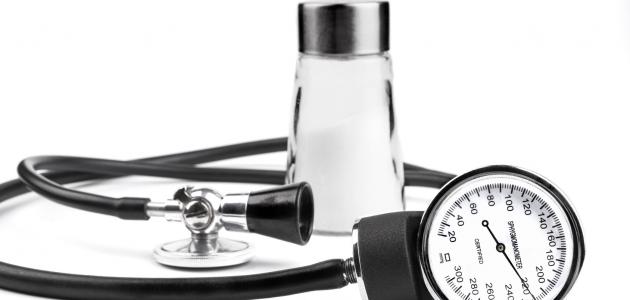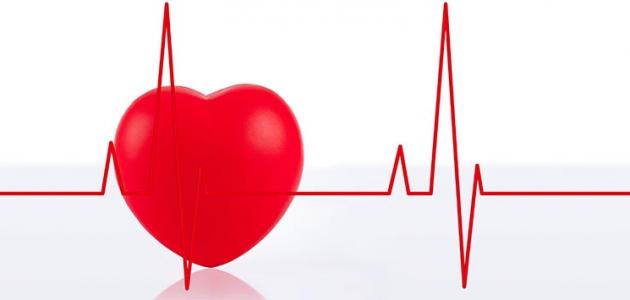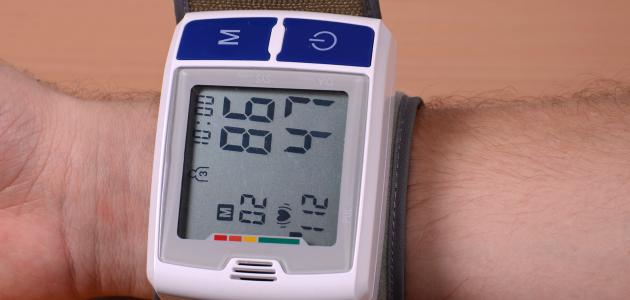Contents
the salt
Salt or sodium chloride is one of the minerals consisting of the element sodium and chlorine, and it is usually extracted from salt rocks or salt water, and America and China can be considered its original home, and it has two basic types: sea salt, which is extracted from sea water, and Andranian salt, and perhaps the most important What distinguishes it is the possibility of using it in the work of various masking agents for the skin, in addition to the possibility of using it in preparing foods, but at the same time it causes many diseases, perhaps the most important of which is high pressure, and in this article we will talk about its harm to pressure, and how to control it in the diet.
The relationship of salt to high pressure
Salt mainly affects blood pressure, as studies and research have confirmed that high blood pressure with age, which occurs in many individuals, is a result of the amount of salt they eat, and the reason is that salt raises the level of sodium in the muscle cells in the arteries, and therefore calcium narrows Cells.
On the other hand, there are many indications that people who have hereditary blood pressure, have less ability to remove salt from their bodies.
The perfect use of salt
- Find other alternatives to salt: Ground parsley, ginger, vinegar, crushed garlic, mustard seeds, or paprika can be used as a substitute for salt.
- Not to put salt on the table, because this encourages the addition of salt during meals, and it is preferable to replace it with spices and sauces without salt.
- Avoid eating fast food such as: burgers, processed meats, processed sauces, and canned foods, because they contain a large proportion of salts.
Avoid foods high in salt
- Avoid the use of salted butter, and replace it with unsalted butter.
- Eat cheeses that are low in sodium, such as: mozzarella and cottage.
- Stay away from salty snacks, such as: nuts and chips, and replace them with healthy snacks such as popcorn.
- Reading food labels carefully, which is one of the important things, so it is advised to choose foods low in sodium.
- Avoid eating foods that do not have sodium on their outer packaging.
Increase your fruits and vegetables
- Eat vegetables that contain a low amount of sodium, such as: peas, carrots, cucumbers, cabbage, broccoli, lentils, and beans.
- Eat fruits that are low in sodium, such as: cranberries, cherries, oranges, and tomatoes.
- Eat more foods that contain enough potassium, such as: soybeans, artichokes, kiwis, avocados, and bananas.
- Avoid drinking water that contains a large proportion of salts, so it is preferable to use the filter to purify it.




